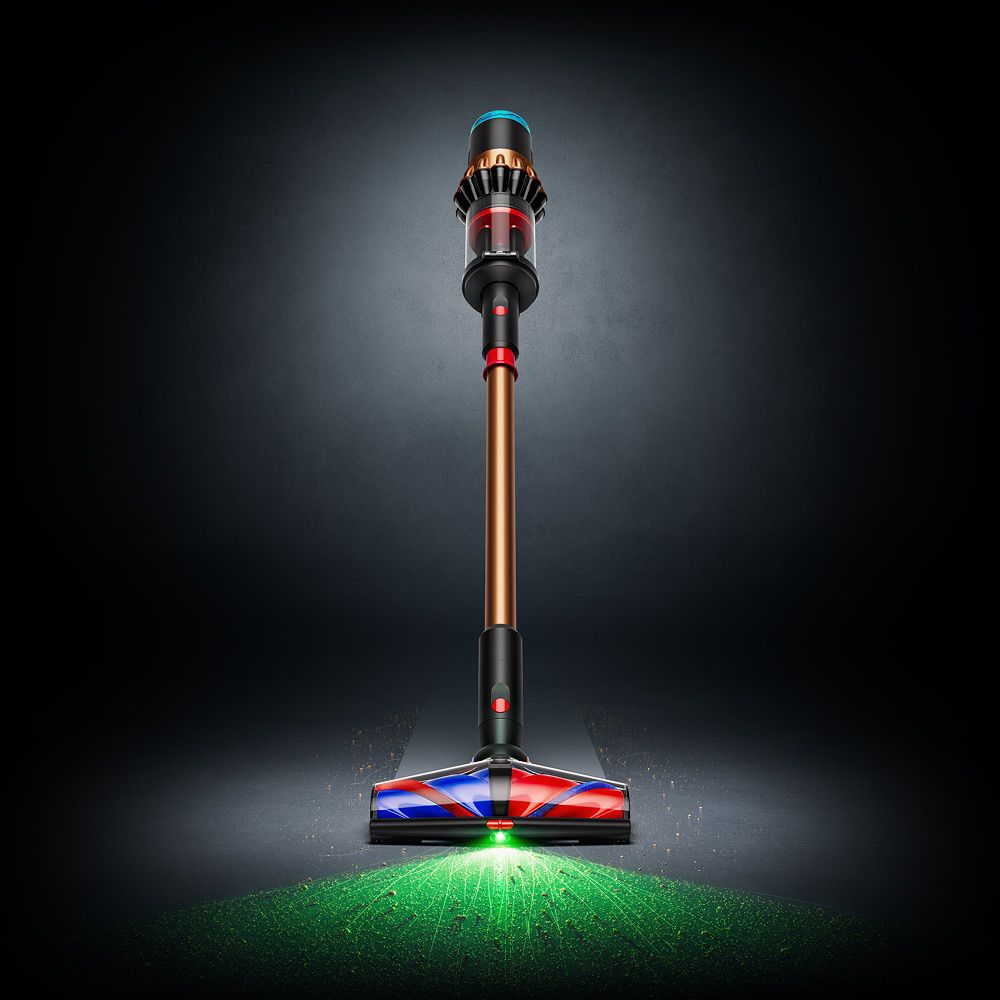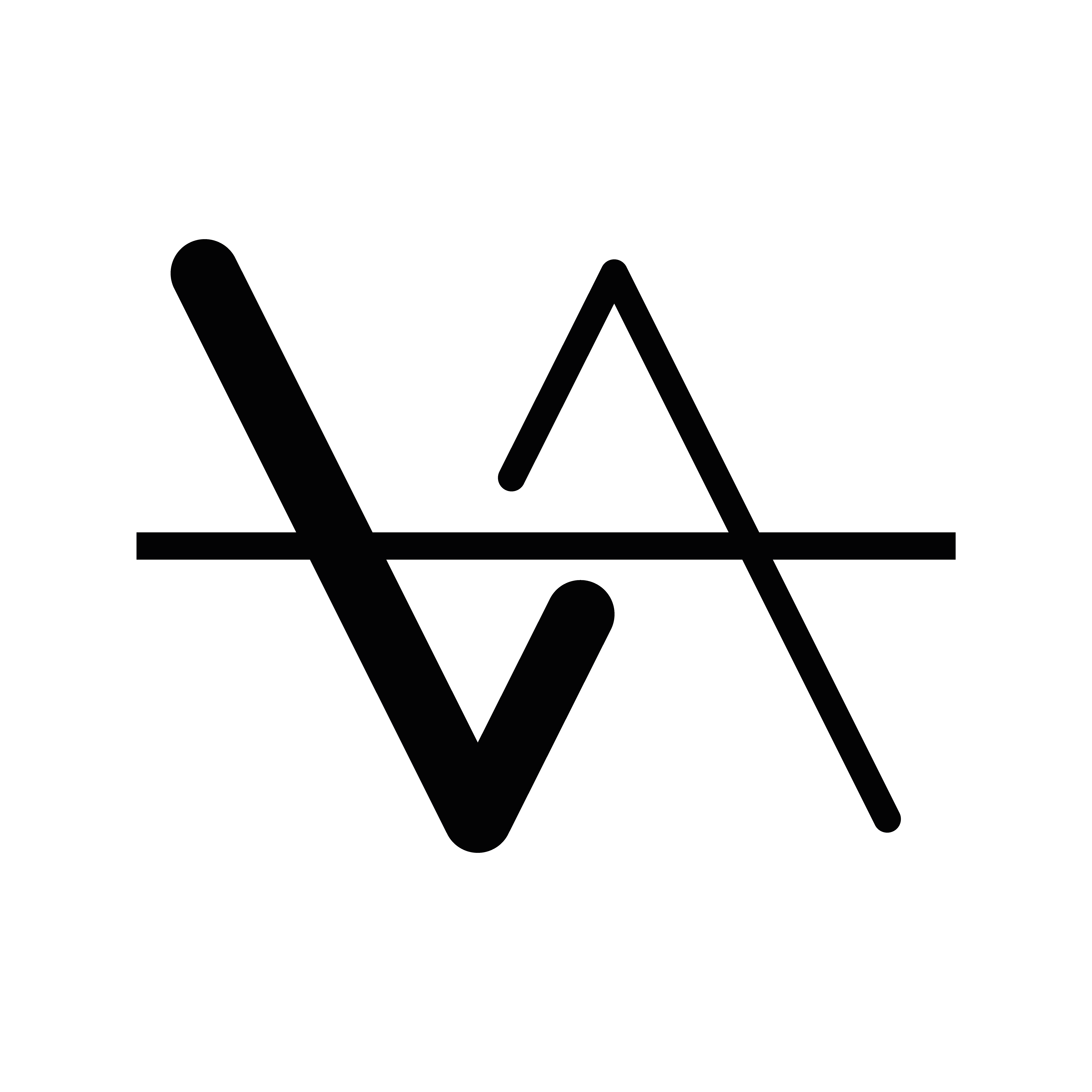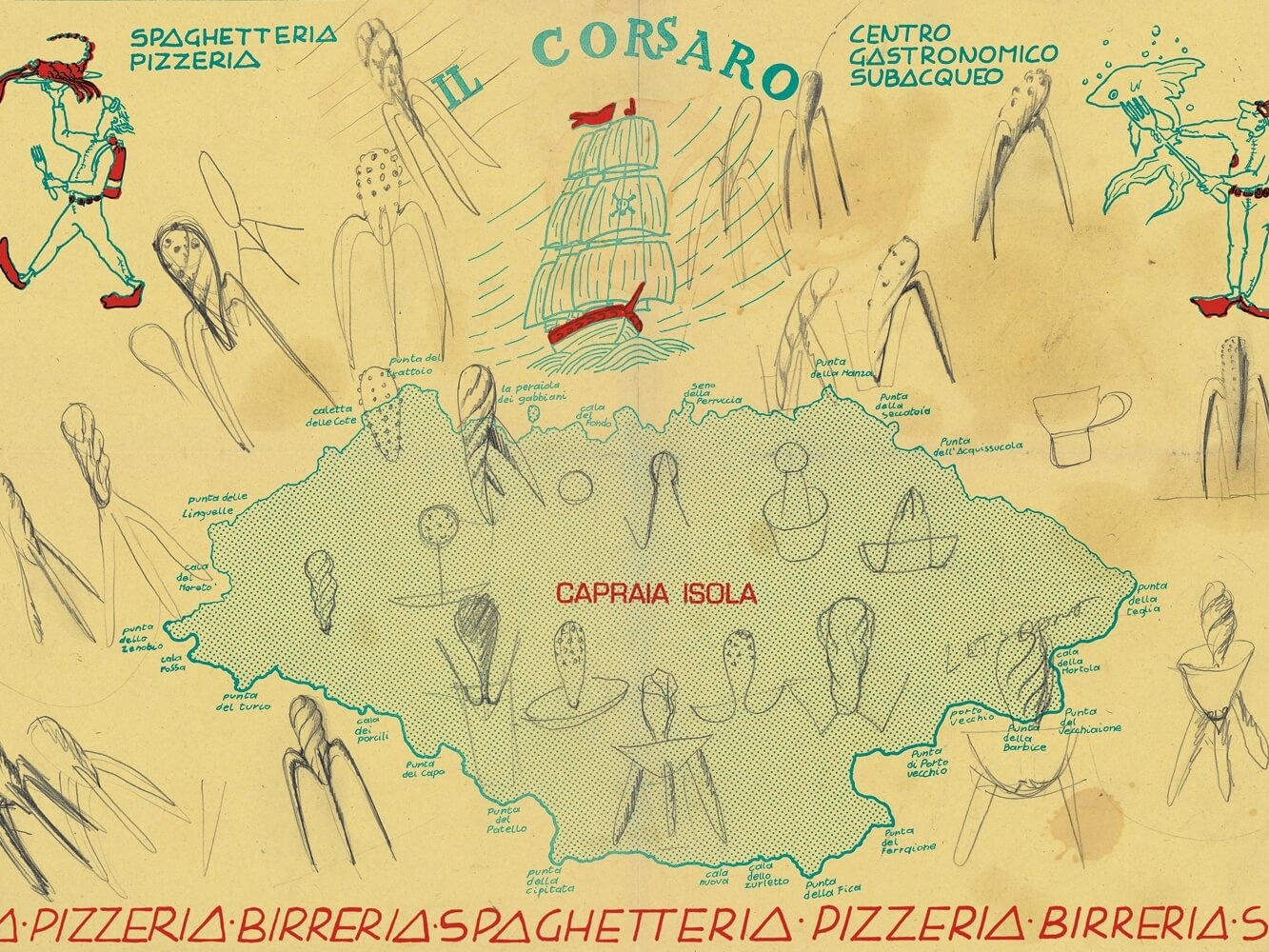August 1, 2025
From Concept to Form — The Art of Product Design Rendering
Before a product is manufactured, before it is even prototyped, it lives in sketches and renderings. These visualizations are not only technical—they are emotional. They shape how designers, engineers, and even future users imagine the object. Renderings bridge the gap between the idea and the experience.

Iconic Objects Born in Sketches — Philippe Starck’s Juicy Salif
Philippe Starck’s lemon squeezer for Alessi, the Juicy Salif, began as a quick sketch on a napkin. Its evolution into a 3D object proves that a rendering is more than just illustration—it can immortalize an idea.
Engineering Meets Emotion — Dyson Prototypes
Dyson’s vacuum designs are known for engineering precision, but behind every model are countless digital prototypes and renderings. These visualizations communicate performance and usability, while also building a sense of futuristic identity.
The Automobile as a Digital Object — Tesla’s Design Studio
Tesla design studios work heavily in renderings before physical cars are ever tested. The curves, reflections, and shadows in a digital visualization create emotional anticipation. The rendering is not just a step toward the car—it’s the first time people fall in love with it.A product rendering is not just an image of what will be—it is the first encounter with what a product means.
From the napkin sketch to the high-definition render, product design is a journey that moves through visualization. Renderings are not passive—they shape expectations, they inspire teams, and they create emotional resonance. Long before objects exist in our hands, they live in pixels—and that life is often where identity begins.

